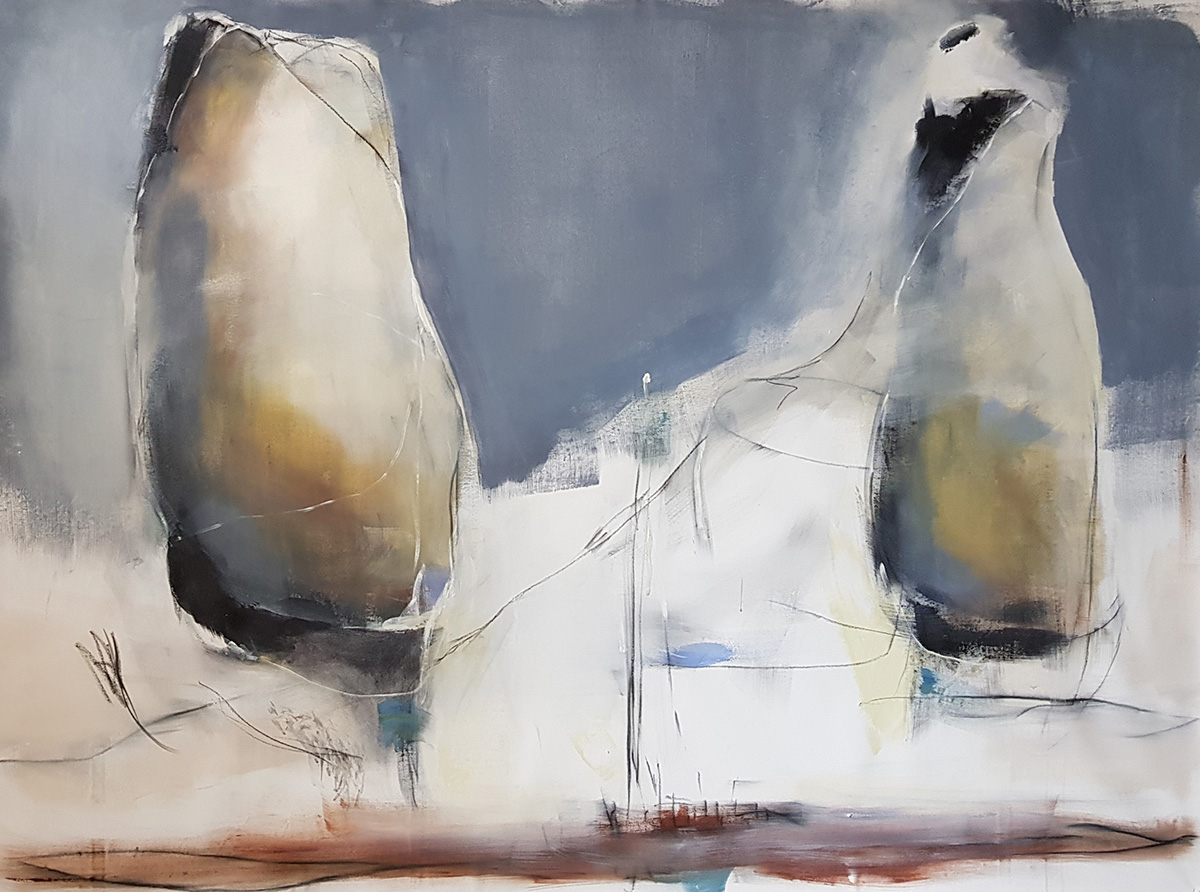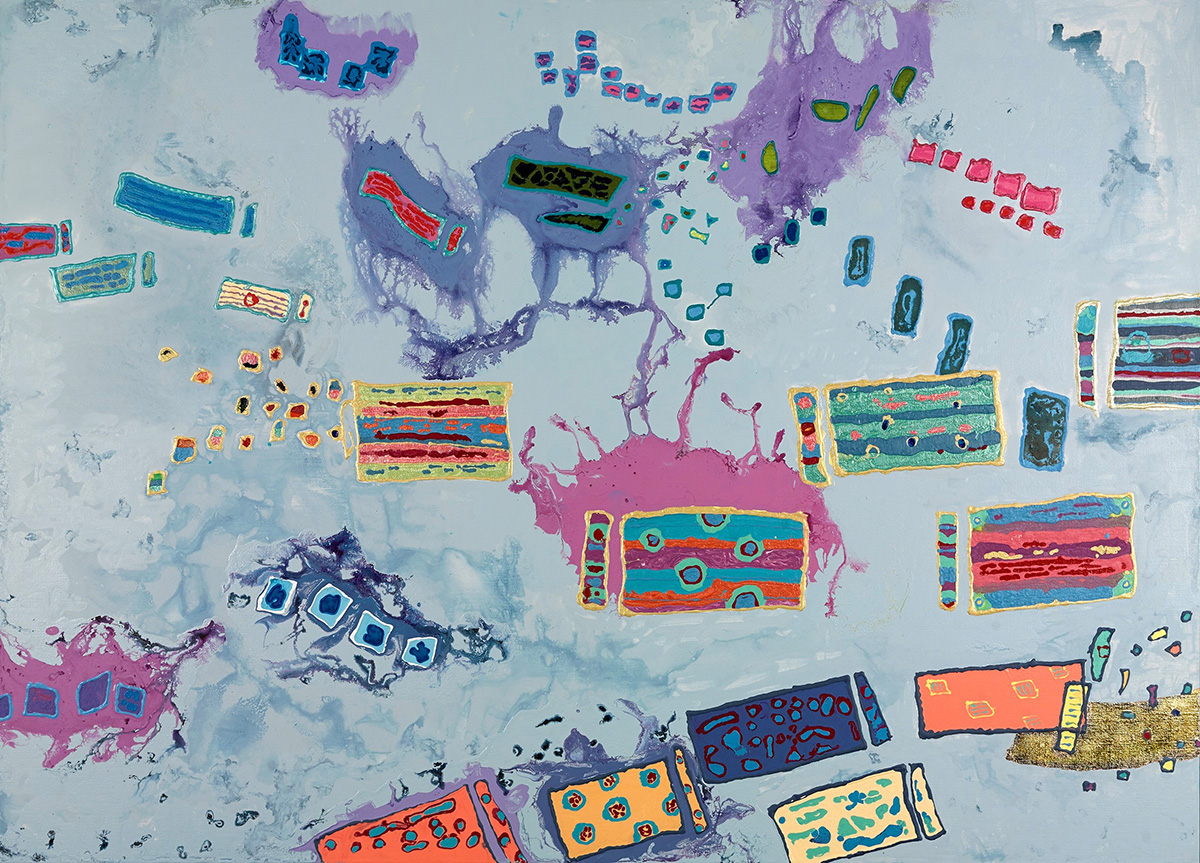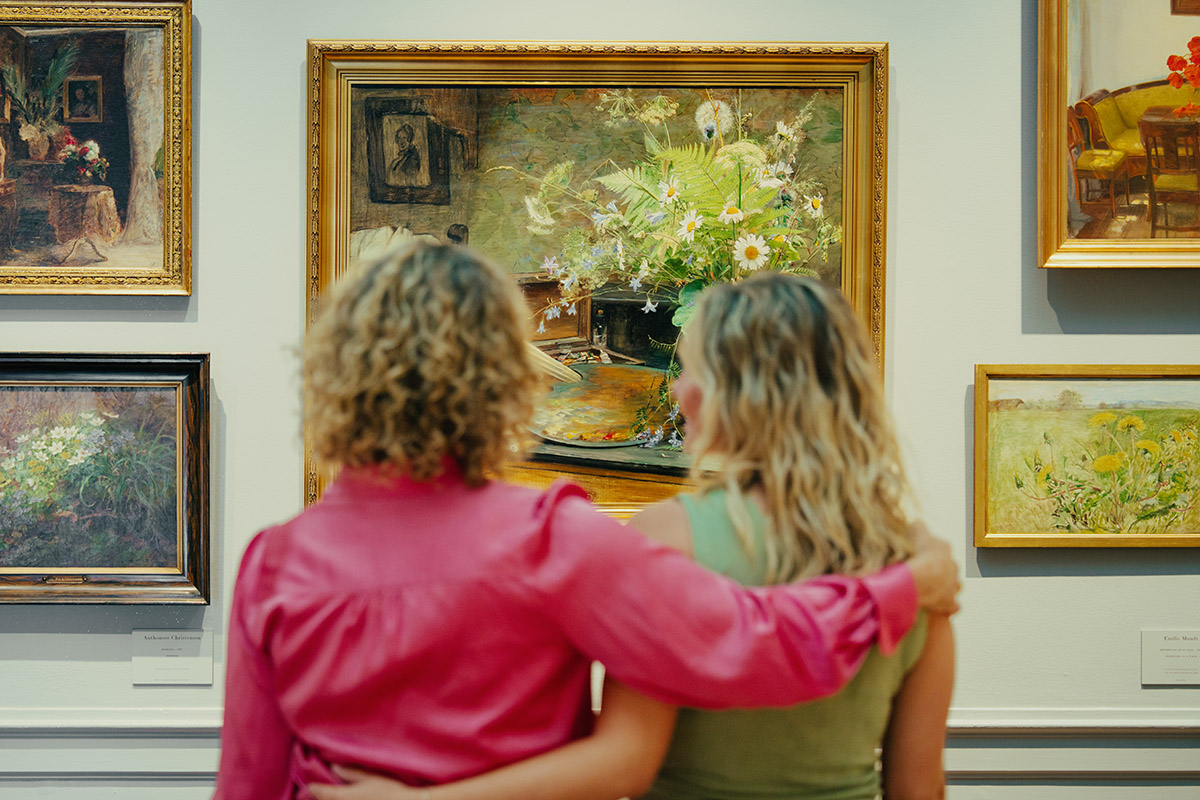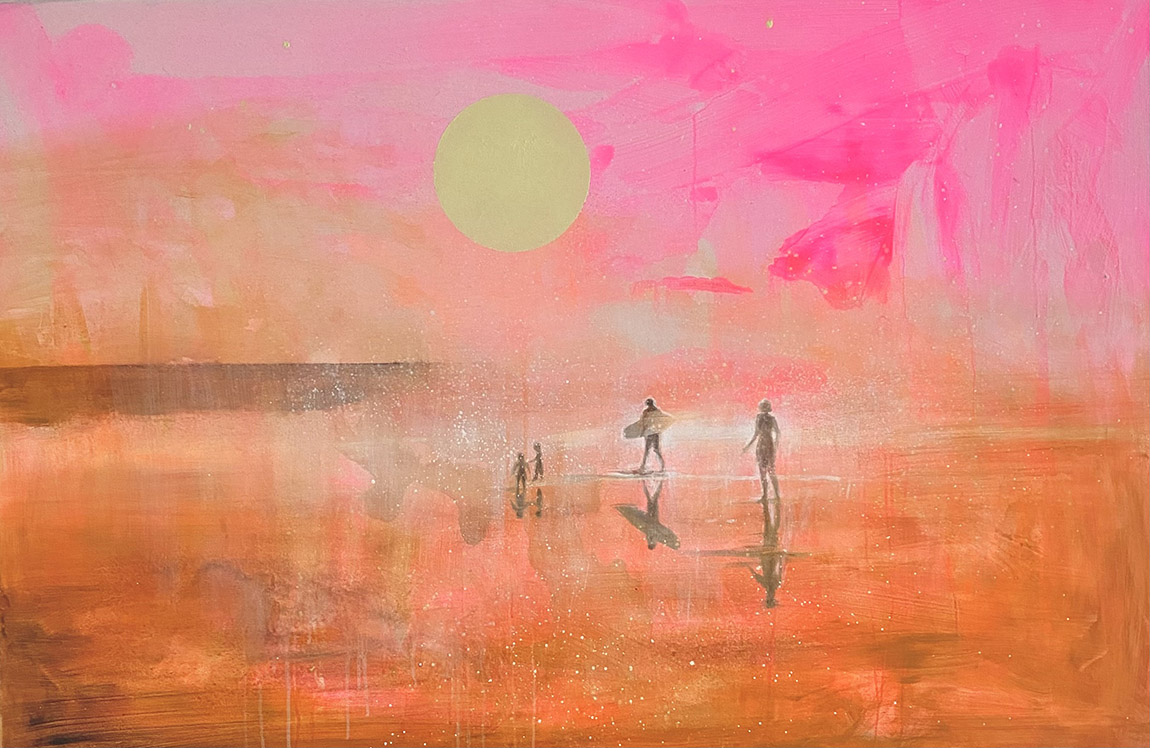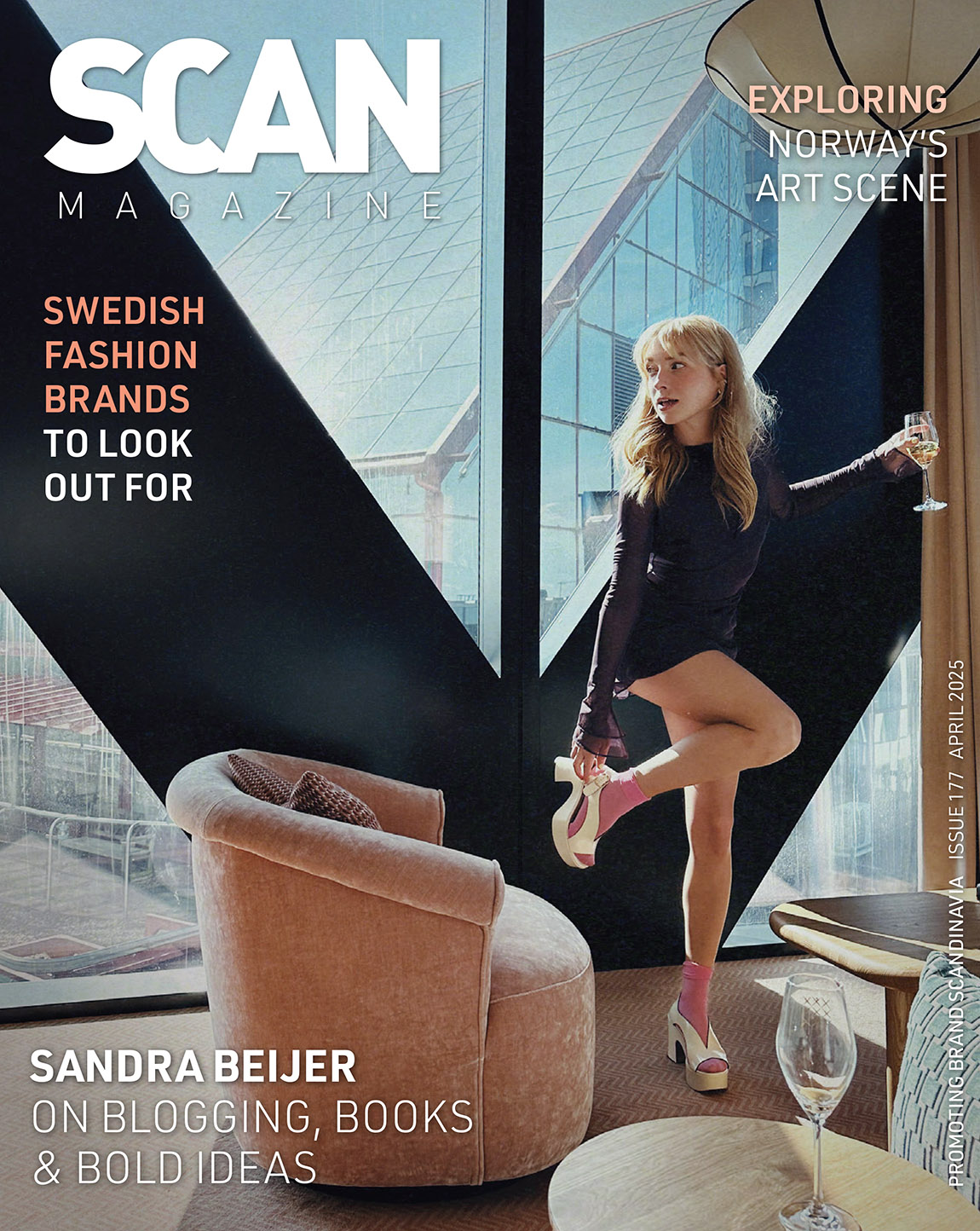Labro Gallery: A haven in the depths of the forest
By Lisa Maria Berg
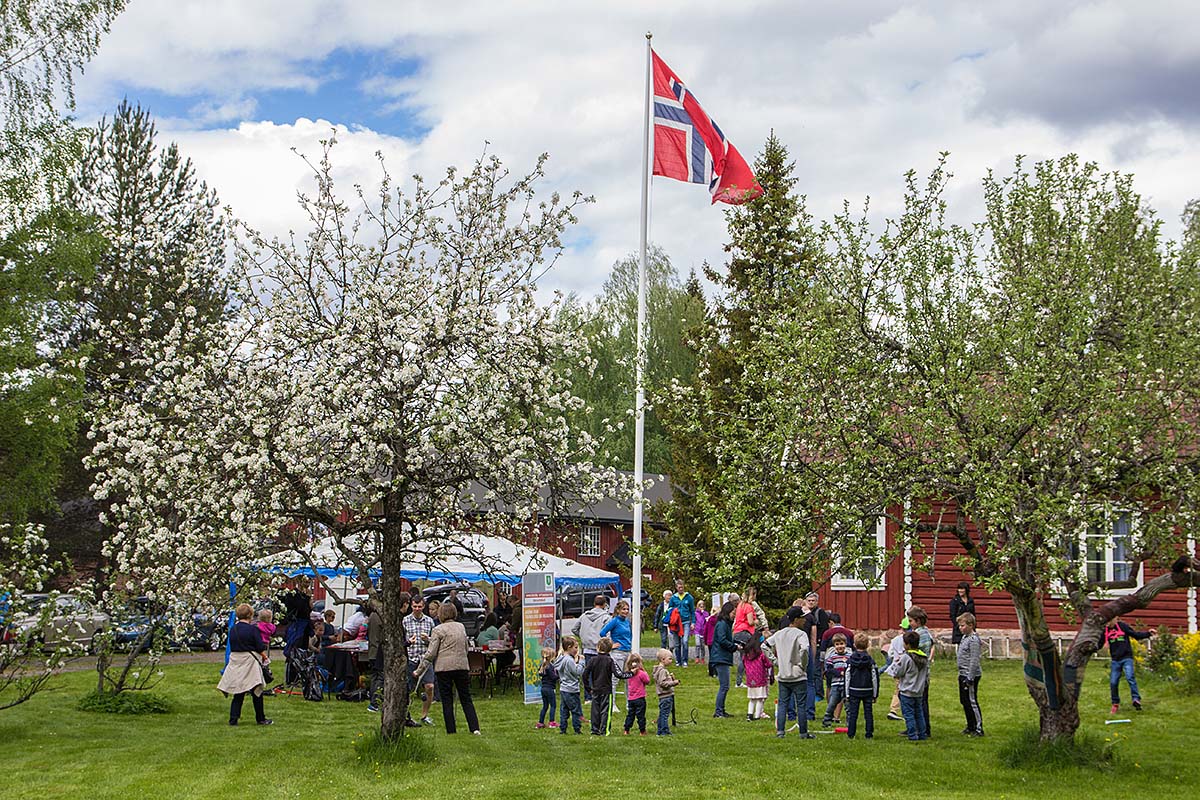
Photo: Nina Marshall.
I n a fairytale-like landscape, nestled in between greenery and waterfalls, lies Labro Gallery. Set in a converted 19th-century stable, it is a place to discover old treasures while encountering paintings from today.
In the depths of the forest, in this lush landscape where one can almost hear Grieg’s In the Hall of the Mountain King seeping out between rocks and trees, you’ll find Gallery Labro. About seven kilometres outside of the historic Kongsberg, once home to the famous silver mines in Norway, is a little pocket of art, carefully curated inside a 19th-century stable. It is a place like no other.
The community
Kari M. Blanchard has, as head of the board of the art organisation Labro Art, an above-average interest in art and local history. She takes us through the details: “Labro Gallery is part of the multi-faceted Labro Museums, which consist of many branches. There is the gallery, open from May through to September, exhibiting three artists consecutively throughout summer. Alongside the gallery, the museum also tells the story of a hydro power era, stretching from the beginning of the 20th century and all the way to today. The sawmills and history of forestry and road-building in the area are also at the heart of the museum.”
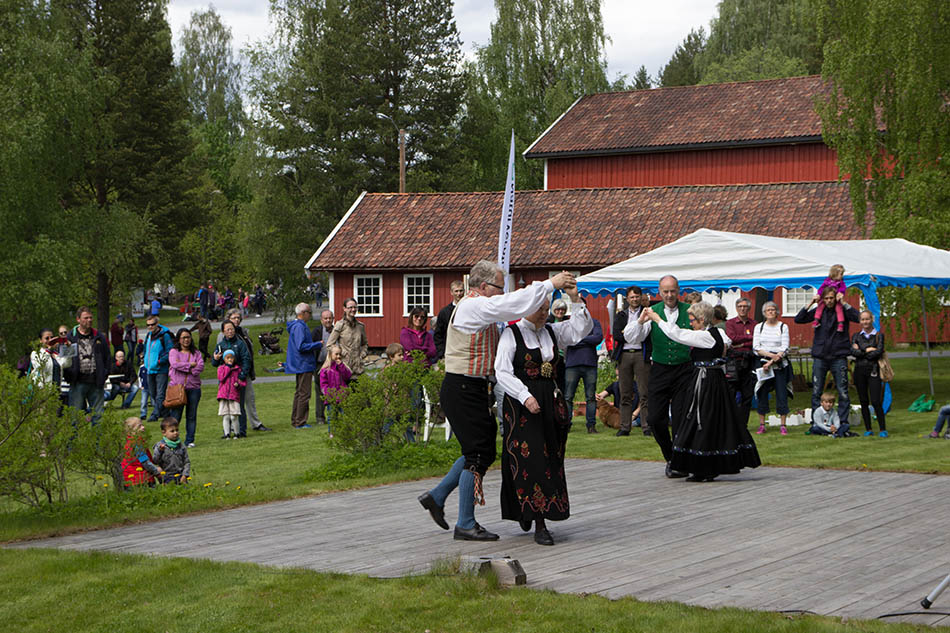
Photo: Nina Marshall
The art
The gallery itself is located in a very special place: a converted stable, timbre built and with a lovely 200 square metres of lush space to showcase painting upon painting. “It is a place with a very special atmosphere and makes for the perfect backdrop for exhibitions. It is a real treat to open an exhibition here, making the vernissage a very special occasion both for the artist and the guests,” says Blanchard.
The gallery is closely knit with Labro Art, an organisation founded by Arne Gyttrup in 2006, preserving and championing art from the area. Due to Gyttrup’s enthusiasm as an art lover and his good relationship with the owner of the hydro-electric plant, Glitre Energy, he was a driving force behind the restoration of the beautiful, old brick-built power plant building from 1910, and still today behind the art lectures given at Labro Art’s premises, and even the establishment of the art gallery. His gallery cooperator, local artist Oddvin Ørbeck, who is still going strong aged 95, is worth mentioning here: Ørbeck has a very special place in the local art history from the region. He has been an important resource in the Kongsberg art society and will be one of three artists, alongside Henriette Emilie Finne and Roar Kjærnstad, exhibited this year, celebrating the first ten years as a gallery.
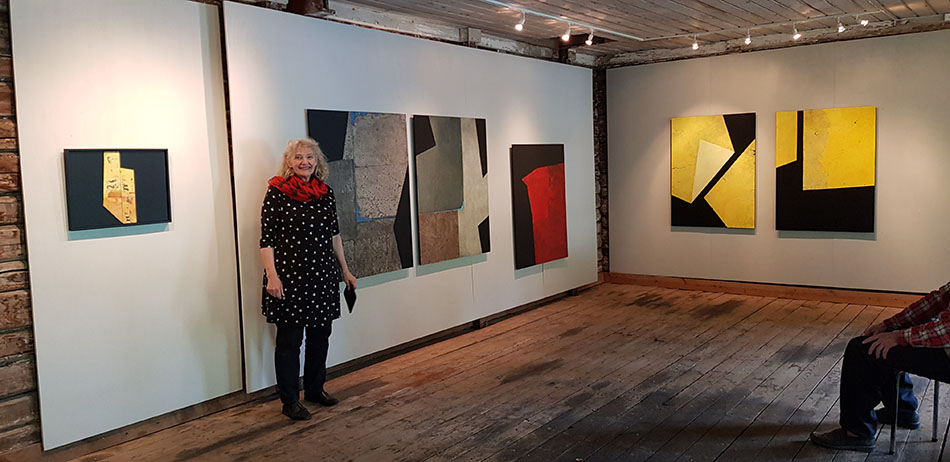
Artist Inger Karthum. Photo: Sonja Sandbakk
Numedalslågen
The river Numedalslågen has carried many a log down its rocky streams on its way to a sawmill. For centuries, using the river as nature’s own highway was crucial to many communities in Norway. Entire generations built their lives around the sawmill industry. The rivers once enabled the transportation of timber from impassable and hard-to-navigate landscapes onto the sawmill. Still, the rich history of the people, the places, the tools and the life surrounding these places, lives on.
A lot of this can today be seen at Labro Museums. It is a rich part of Norwegian history that is being communicated at Labro today. Labro means ‘the bridge over Lågen’ – the bridge over the river. Visiting and exploring the old power station and sawmill is like stepping back in time. “Even back in 1538, when the first German miners, called in by King Christian III, arrived in the district, they founded the first recorded silver mine in the area, close to the Labro waterfall. The adit to this medieval silver mine is still seen in the entrance to the Glitre hydro-electric power plant,” Blanchard explains.
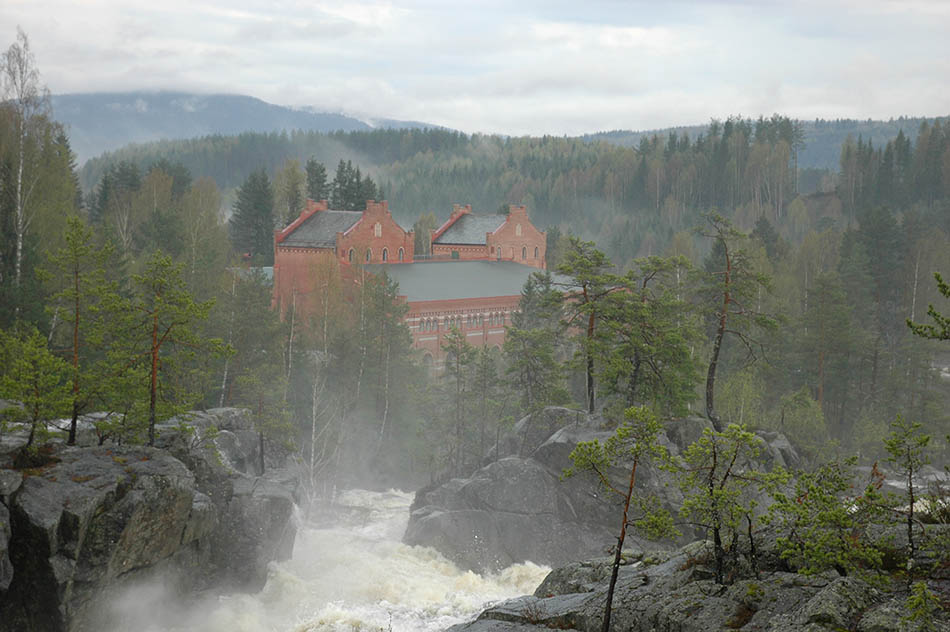
Photo: Ole Jacob Cranner
Glitre Energy
The art gallery had its beginnings a decade ago; in 2020, it will celebrate its first ten years. It’s a place built on raw, local force. With backing from the owner, Glitre Energy, and with the will and hours of locals, the gallery came into existence in 2010, in the sequence of a long tradition of art in the area.
“The landscape at Labro has been vividly explored by several Norwegian national romantic painters, and the waterfall and its picturesque surroundings gave inspiration to some signature works by illustrious Norwegian painters such as J. C. Dahl, Thomas Fearnley and Hans Gude. Many of those works became the symbols of a nation and were hugely important in the work of building an identity as a country,” Blanchard continues. “Visiting Labro today sometimes feels like walking into one of those paintings!”
More than just a gallery
A visit to Labro Museums and Labro Gallery can entail more than just the average gallery experience. Labro offers an ideal weekend trip for the family, one hour’s drive from the capital, Oslo. Many people come here to experience the nature, have a stroll to look at the impressive – although now harnessed – Labro waterfall, and to enjoy a cup of coffee and something to nibble on in the cosy cafe, surrounded by lawns and a garden. There’s something very special about being sat in this gallery, which was once a stable, and seeing the room come alive with art.
The Labro Museums make for the perfect place to visit, for families, locals and anyone with an interest in art and history. The popular Labro Days is like a fun fair, except the roller coaster is replaced by miniature timber floating, traditional flatbread baking, and guided tours of the museums and surrounding areas, including the riverscape and spectacular natural scenery. “It’s fun to see the children play an active part in re-discovering the history of this place. It is also an invaluable way to pass on crafts that would otherwise have been forgotten. Inviting children and their families into the gallery and the grounds here allows them to learn, but most importantly, have fun and leave with a great experience.”
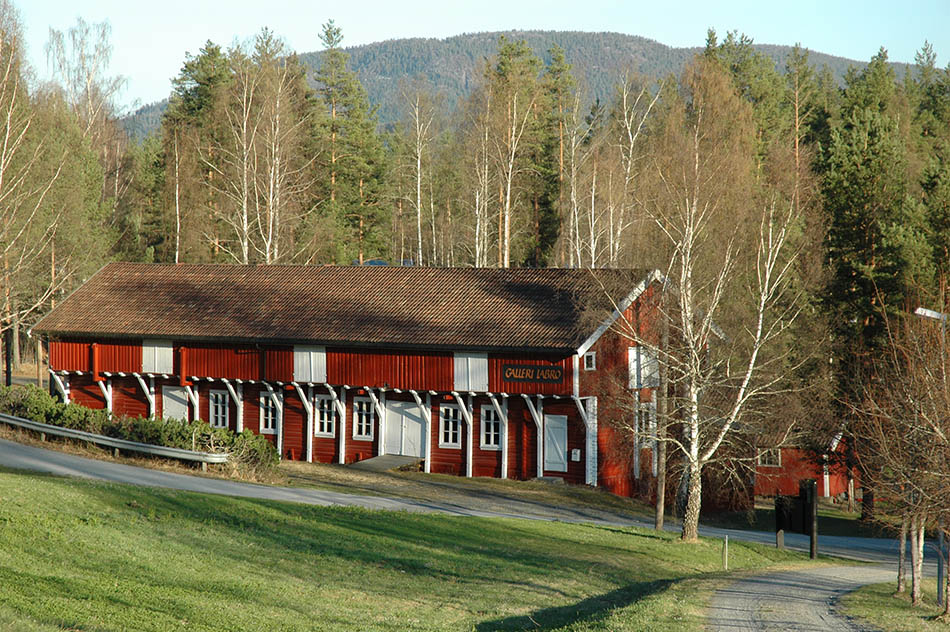
Photo: Kari M. Blanchard
Subscribe to Our Newsletter
Receive our monthly newsletter by email

